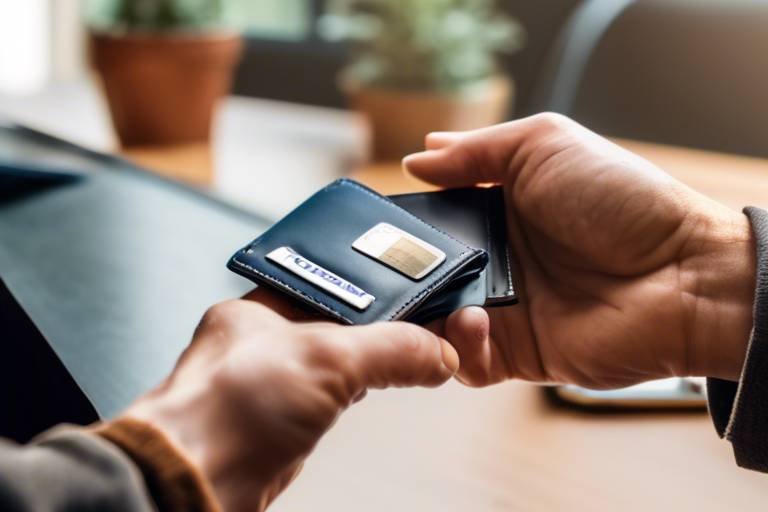Understanding Wallet Recovery - Best Practices for Safeguarding Your Funds
In the rapidly evolving world of cryptocurrency, securing your digital assets is not just a luxury; it's a necessity. Imagine waking up one day and finding that your entire investment has vanished into thin air because you lost access to your wallet. It's a nightmare scenario that many have faced, and it underscores the importance of understanding wallet recovery. This article will explore essential strategies for securing your cryptocurrency wallet, ensuring that you can recover your funds in case of loss or theft. With the right knowledge and practices, you can navigate this digital landscape with confidence and peace of mind.
Why is wallet recovery so critical? Well, think of your cryptocurrency wallet as a digital bank account. Just like you wouldn't want to lose access to your bank account, losing access to your cryptocurrency wallet can have dire consequences. The risks are real: hardware failures, theft, or even simple forgetfulness can lead to permanent loss of your funds. In fact, a staggering number of people have lost access to their wallets due to inadequate recovery measures. This can result in not just financial loss but also emotional distress. By understanding the importance of wallet recovery, you can take proactive steps to safeguard your digital assets and avoid becoming a statistic.
When it comes to cryptocurrency, not all wallets are created equal. Each type of wallet offers different levels of security and recovery options. Understanding these distinctions can help you choose the best fit for your needs. Here’s a quick overview:
- Hardware Wallets: These are physical devices that store your cryptocurrencies offline, providing a robust defense against online threats.
- Software Wallets: These are applications you can install on your computer or smartphone. They offer convenience but can be vulnerable to attacks.
- Paper Wallets: This method involves printing your private keys on paper. While it’s immune to online attacks, it can be easily lost or damaged.
Choosing the right type of wallet is crucial for ensuring you have effective recovery options in place, so consider your lifestyle and security needs before making a decision.
Hardware wallets are often touted as the gold standard for cryptocurrency storage. They are designed to keep your private keys offline, making them nearly impervious to hacking attempts. By storing your cryptocurrencies on a hardware wallet, you can rest easy knowing that your assets are secure from online threats. These devices work by generating and storing your private keys in a secure environment, allowing you to sign transactions without exposing your keys to the internet.
Even with the security that hardware wallets provide, it's essential to have a solid backup strategy. If you lose your hardware wallet or it gets damaged, you could lose access to your funds permanently. Here are some best practices for securely storing recovery phrases and backup files:
- Write down your recovery phrase on a piece of paper and store it in a safe place.
- Consider using a fireproof and waterproof safe to protect your recovery phrase.
- Never store your recovery phrase digitally, as this exposes you to hacking risks.
Many users unknowingly jeopardize their wallet recovery by making simple mistakes. Here are some pitfalls to watch out for:
- Failing to create a backup of your recovery phrase.
- Storing recovery phrases in easily accessible locations.
- Neglecting to update your backup methods as you change wallets or devices.
By being aware of these common mistakes, you can take steps to avoid them and enhance your wallet security.
Software wallets are incredibly popular due to their ease of use and accessibility. However, they come with specific risks that users must be aware of. To ensure effective recovery for software-based wallets, it’s crucial to regularly back up your wallet and keep your software updated. Additionally, consider using two-factor authentication (2FA) for an added layer of security. Remember, convenience should not come at the cost of your security.
A strong recovery phrase is the cornerstone of wallet security. This phrase is essentially a key to your digital vault, and you must treat it with the utmost care. To generate a secure recovery phrase, consider using a combination of random words that are not easily guessable. Avoid common phrases or personal information that could be linked back to you. The more complex your recovery phrase, the harder it is for someone to gain unauthorized access to your wallet.
Proper storage of your recovery phrases is crucial. Here are some safe methods to keep your recovery phrases secure from theft or loss:
- Store them in a safe deposit box at your bank.
- Use encrypted digital storage solutions if you must keep them online.
- Consider using a password manager that offers secure notes functionality.
Multi-signature wallets are a fantastic way to add an extra layer of security to your cryptocurrency holdings. These wallets require multiple private keys to authorize a transaction, meaning that even if one key is compromised, your funds remain safe. This feature is particularly useful for businesses or groups that manage funds collectively, as it ensures that no single individual has complete control over the assets.
In the world of cybersecurity, complacency can be your worst enemy. Security practices evolve, and staying updated is vital. Regularly review and improve your wallet recovery strategies to adapt to new threats. This could mean changing your recovery phrases, updating your wallet software, or even switching to a different type of wallet altogether. By staying proactive, you can significantly reduce the risks associated with losing access to your funds.
Q: What should I do if I lose my recovery phrase?
A: If you lose your recovery phrase, you may lose access to your funds permanently. Always ensure you have multiple secure backups.
Q: Are hardware wallets completely safe?
A: While hardware wallets are among the safest options, no wallet is entirely impervious to risks. Always follow best practices for security.
Q: Can I use a software wallet for large investments?
A: Yes, but be aware of the risks. If you choose to use a software wallet, ensure you implement strong security measures.
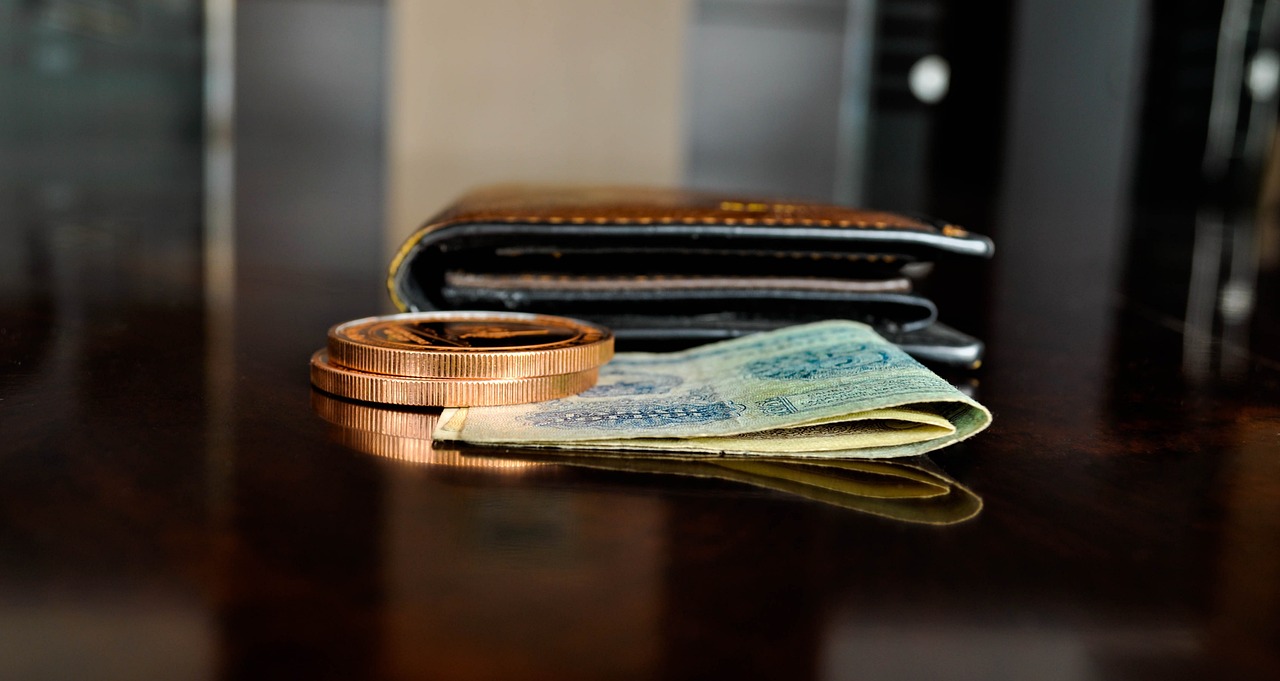
The Importance of Wallet Recovery
In the fast-paced world of cryptocurrency, the importance of wallet recovery cannot be overstated. Imagine waking up one day to find that you can no longer access your digital assets. The panic sets in as you realize that your financial future hangs in the balance. Whether it's due to a forgotten password, a lost device, or even a hacker's malicious intent, losing access to your wallet can lead to devastating consequences. This is why understanding wallet recovery is crucial for every crypto enthusiast.
When you invest in cryptocurrencies, you are not just buying a digital currency; you are also taking on the responsibility of securing your investment. The risks associated with losing access to your wallet can lead to:
- Financial Loss: The most obvious consequence is the potential loss of your funds. Without a recovery plan, your assets may be irretrievable.
- Emotional Stress: The anxiety that comes from losing your funds can be overwhelming. The uncertainty of whether you'll ever regain access can take a toll on your mental well-being.
- Impact on Investments: If you are unable to access your wallet, you may miss out on significant market opportunities, hindering your ability to grow your investments.
Furthermore, the cryptocurrency landscape is constantly evolving, with new threats emerging regularly. Cybersecurity attacks are becoming increasingly sophisticated, making it essential to have a robust recovery strategy in place. Just like you wouldn’t leave your house unlocked while going on vacation, you shouldn’t leave your wallet unprotected. The reality is that anyone can become a target, and the implications of a successful attack can be catastrophic.
Understanding the importance of wallet recovery is not just about preventing loss; it's also about empowering yourself as a cryptocurrency user. By taking proactive measures, you can ensure that your funds remain within your control, even in the face of adversity. This knowledge equips you with the tools needed to navigate the complexities of the crypto world confidently.
In summary, the significance of wallet recovery is multifaceted. It encompasses financial security, emotional stability, and a proactive approach to safeguarding your assets. As you delve deeper into the world of cryptocurrencies, remember that the key to protecting your investment lies in understanding and implementing effective recovery strategies.
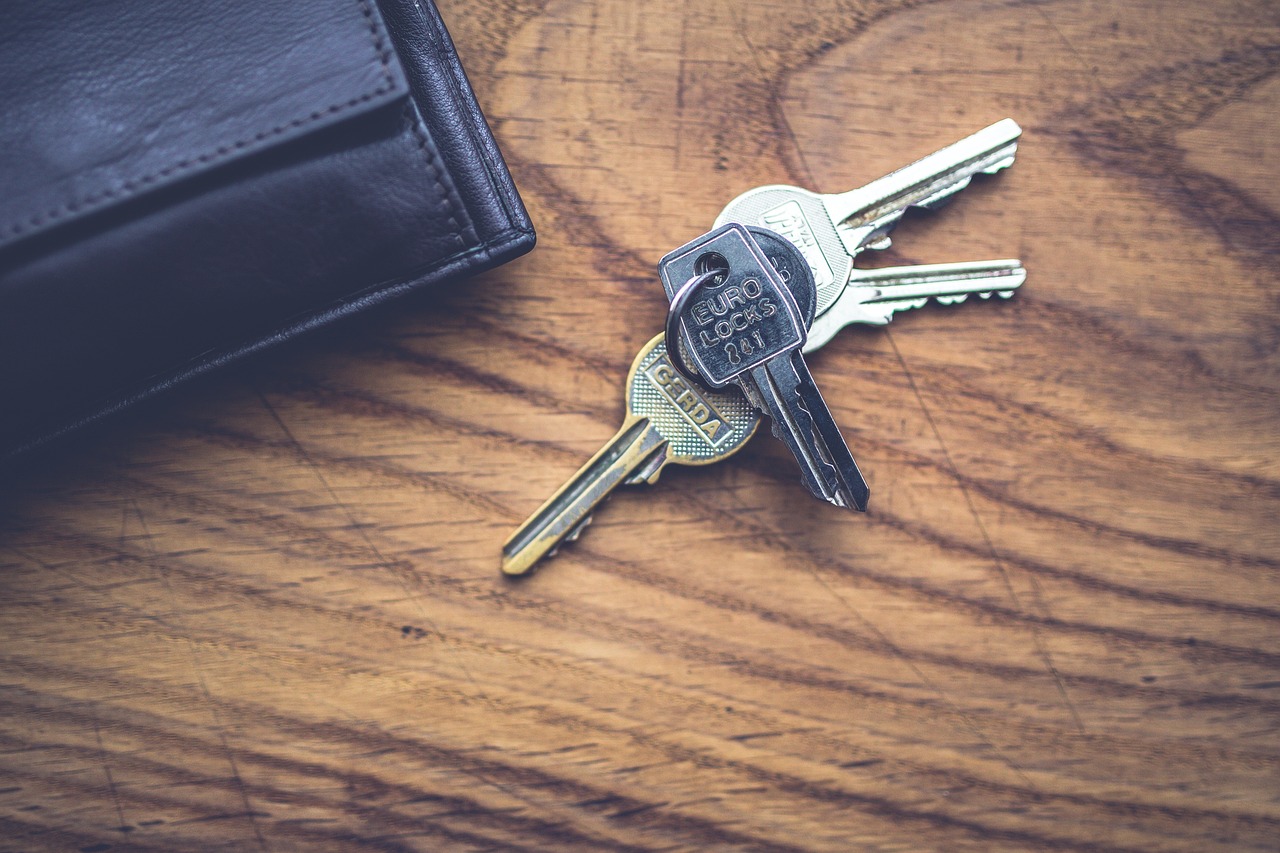
Types of Wallets
When it comes to storing your cryptocurrency, choosing the right type of wallet is like picking the right safe for your valuables. Each wallet type comes with its own set of features, benefits, and risks. Understanding these differences can empower you to make an informed decision that aligns with your security needs and usage preferences. Let's delve into the three main types of wallets: hardware wallets, software wallets, and paper wallets.
Hardware wallets are physical devices that store your cryptocurrencies offline, making them highly secure against online threats. Think of them as a vault that you can carry in your pocket. These wallets generate and store your private keys in a secure environment, ensuring that they are never exposed to the internet. The security of hardware wallets comes from their ability to keep your keys offline, which significantly reduces the risk of hacking. However, they also require careful handling, as losing the device or forgetting the recovery phrase can lead to permanent loss of funds.
Software wallets, on the other hand, are applications that you can install on your computer or mobile device. They are incredibly convenient and allow for quick access to your funds, making them popular among traders and everyday users. However, this convenience comes with risks. Software wallets are connected to the internet, which makes them susceptible to malware and phishing attacks. To mitigate these risks, it’s essential to keep your software updated and to use strong passwords. Some software wallets also offer recovery options, such as backup phrases, which can help you regain access to your funds if you lose your device.
Lastly, we have paper wallets. These are essentially printed pieces of paper that contain your cryptocurrency addresses and private keys. Imagine writing down your safe combination on a piece of paper and storing it in a secure location. Paper wallets are a form of cold storage, meaning they are not connected to the internet, thus providing a high level of security. However, they can be easily damaged, lost, or destroyed, which makes proper handling and storage crucial. It's a good idea to make multiple copies and store them in different secure locations.
| Wallet Type | Security Level | Convenience | Best For |
|---|---|---|---|
| Hardware Wallet | High | Medium | Long-term storage |
| Software Wallet | Medium | High | Active trading |
| Paper Wallet | High | Low | Cold storage |
In summary, the type of wallet you choose will depend on your specific needs, whether it's long-term storage, frequent transactions, or a balance of both. By understanding the strengths and weaknesses of each wallet type, you can better safeguard your digital assets and enhance your wallet recovery strategies.
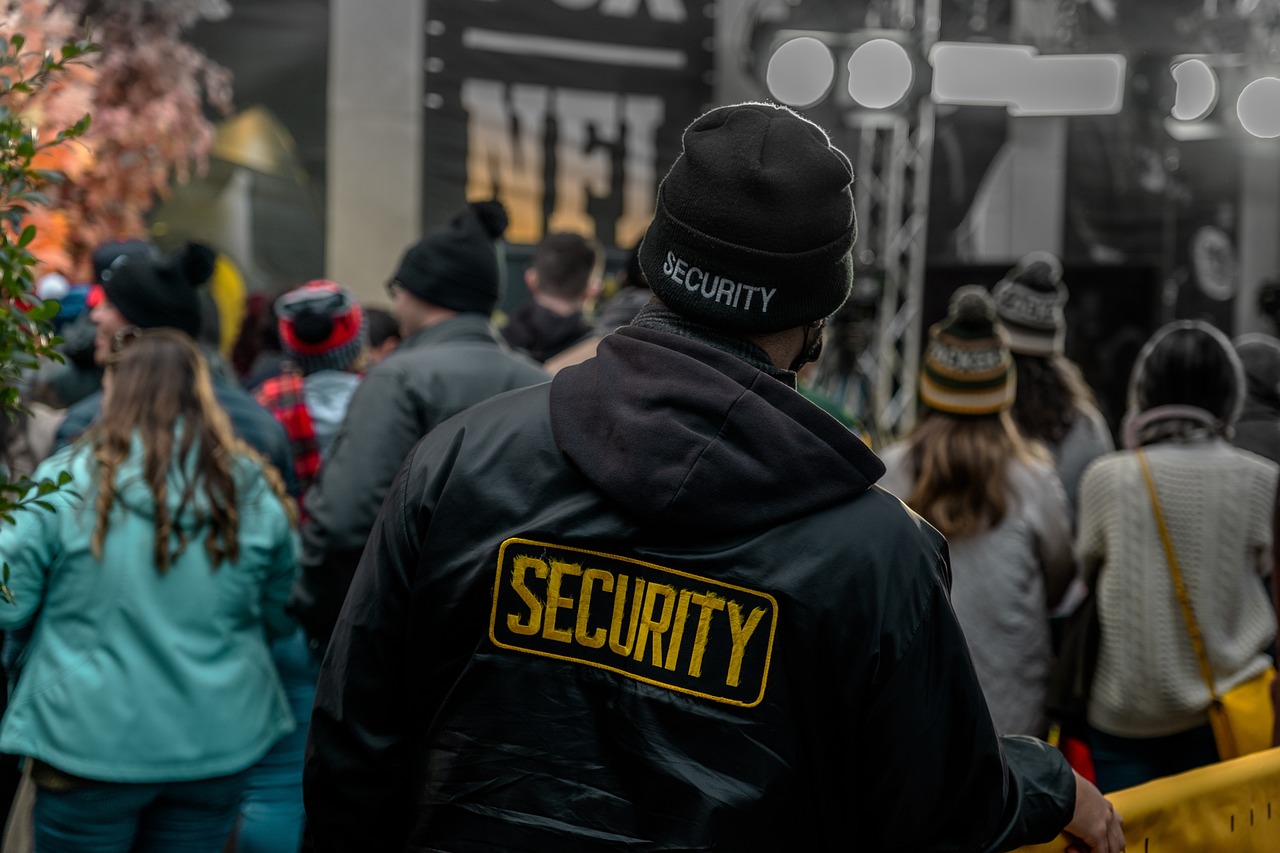
Hardware Wallets
When it comes to securing your cryptocurrency, emerge as a robust solution that offers unparalleled protection against online threats. Unlike software wallets that store your private keys on your computer or mobile device, hardware wallets keep these keys offline, making them less susceptible to hacking attempts. Imagine having a safe deposit box for your digital assets; that’s essentially what a hardware wallet provides. It’s a physical device, often resembling a USB drive, that securely stores your cryptocurrencies while allowing you to manage them conveniently.
One of the most significant advantages of hardware wallets is their ability to safeguard your funds even in the event of a computer virus or malware infection. Since your private keys are stored offline, they remain untouched by any malicious software that might compromise your online security. This is akin to keeping your valuables in a vault rather than leaving them out in the open for anyone to see. Additionally, many hardware wallets come with built-in features that enhance security, such as PIN codes and recovery phrases, which further protect your assets from unauthorized access.
However, it’s essential to understand that while hardware wallets provide excellent security, they are not entirely foolproof. Users must still exercise caution and implement best practices for wallet recovery. For instance, if you lose your hardware wallet or it gets damaged, you must have a recovery plan in place. This is where backup methods become crucial. Always ensure you have a secure backup of your recovery phrase, as this will allow you to regain access to your funds even if the hardware itself is lost.
Here’s a quick comparison of some popular hardware wallets available in the market:
| Wallet Name | Security Features | Price Range |
|---|---|---|
| Trezor | PIN protection, recovery seed | $60 - $220 |
| Ledger | Secure Element, recovery phrase | $59 - $149 |
| KeepKey | Backup recovery, PIN | $49 |
In conclusion, hardware wallets are an excellent choice for anyone serious about securing their cryptocurrency. They provide a solid barrier against online threats and allow users to manage their assets with peace of mind. Just remember, the key to effective wallet recovery lies in understanding how these devices work and ensuring you have a robust backup strategy in place.

Backup Methods for Hardware Wallets
Backing up your hardware wallet is not just a good idea; it's a necessity in the world of cryptocurrency. Imagine having your entire life savings in digital form, and then one day, poof! It's gone because you didn't take the necessary precautions. The first step in securing your hardware wallet is to understand the various backup methods available to you. These methods ensure that you can regain access to your funds even if your device is lost, stolen, or damaged.
One of the most common methods for backing up a hardware wallet is by using a recovery seed phrase. This seed phrase is a series of words—typically 12 to 24—that you are given when you set up your wallet. It's crucial to write this down on paper and store it in a safe place, away from prying eyes. Never store it digitally, as that can expose it to hacking. Imagine it as the key to your digital vault; without it, you might as well be locked out forever.
Another effective backup method involves creating a secure backup file of your wallet's data. Many hardware wallets allow you to export your wallet information to a file. However, just like the recovery seed phrase, this file should be kept offline and in a secure location. You can use a USB drive that is encrypted and store it in a safe or safety deposit box. This way, even if your hardware wallet gets lost, you have a backup that can be restored on a new device.
Here are some additional tips to enhance your backup strategy:
- Redundancy is key: Consider creating multiple copies of your recovery phrase and backup files. Store them in different locations to minimize the risk of loss.
- Use fireproof and waterproof storage: Protect your backups from physical damage. Investing in a fireproof safe can be a wise decision.
- Regularly check your backups: Every few months, revisit your backup methods to ensure they are still intact and accessible.
Ultimately, the goal is to ensure that you can access your funds no matter what happens. Remember, in the world of cryptocurrency, prevention is always better than cure. By taking the time to back up your hardware wallet properly, you're not just safeguarding your assets; you're ensuring peace of mind in an otherwise unpredictable digital landscape.
Q: What happens if I lose my recovery seed phrase?
A: Losing your recovery seed phrase means you will likely lose access to your funds permanently. Always store it securely.
Q: Can I store my recovery phrase on my computer?
A: It's not advisable to store your recovery phrase digitally as it can be hacked. Always keep it written down and in a safe place.
Q: How often should I back up my hardware wallet?
A: You should back up your hardware wallet whenever you make significant changes, such as adding new funds or changing settings.
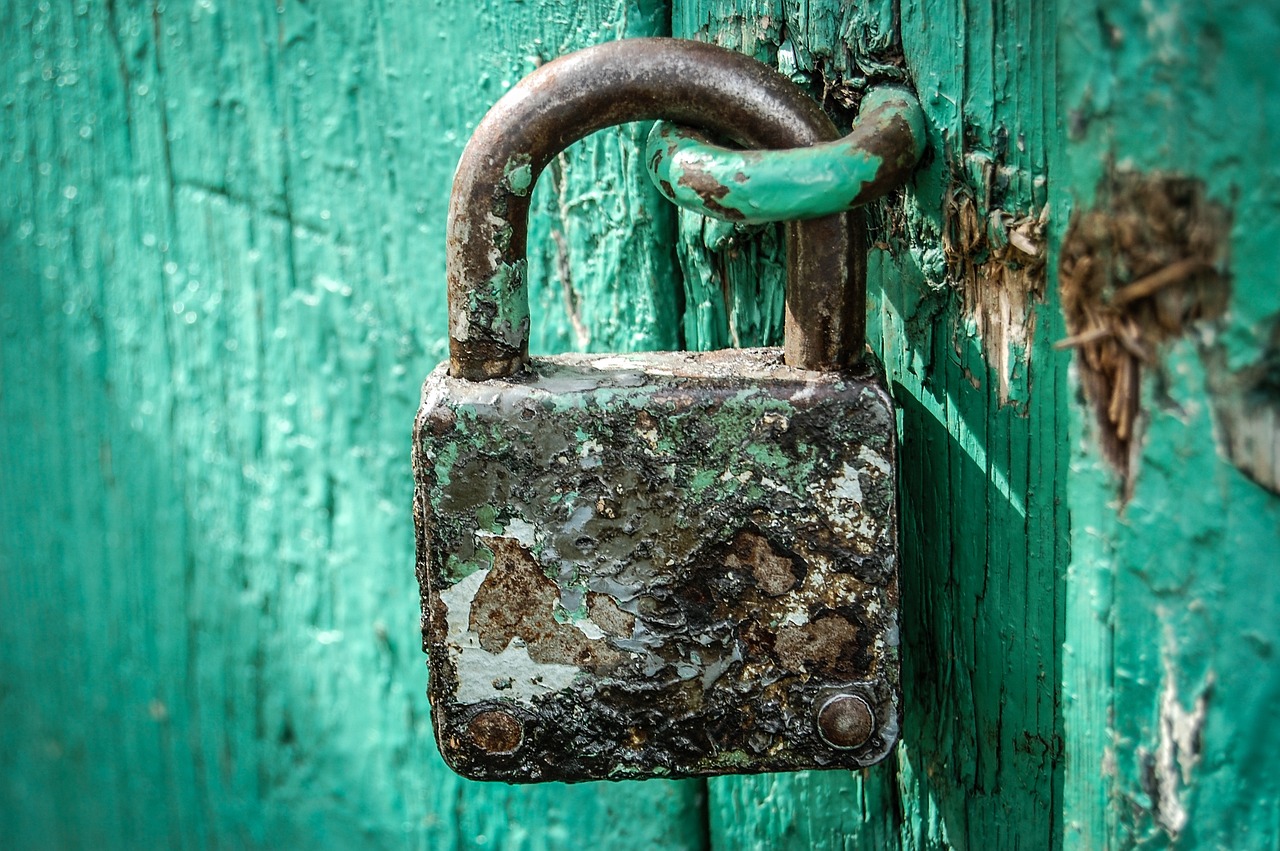
Common Mistakes to Avoid
When it comes to safeguarding your cryptocurrency wallet, avoiding common mistakes can be the difference between securing your funds and facing potential disaster. Many users, especially newcomers, often overlook crucial aspects of wallet security, leading to regrettable consequences. One of the most prevalent errors is failing to back up their recovery phrases. Imagine having a treasure chest filled with gold but no key to open it. Without a backup, your digital assets can become just as inaccessible. Always remember, a recovery phrase is your lifeline; losing it means losing access to your funds.
Another mistake is sharing sensitive information. In the digital world, sharing your recovery phrase or private keys is akin to giving someone the keys to your home. Even if it seems harmless, trust can be misplaced, and the consequences can be dire. Keep this information private and secure. Moreover, many users neglect to regularly update their security practices. Just like how we change our passwords to stay ahead of potential breaches, your wallet security measures should evolve too. Relying on outdated methods can leave you vulnerable to new threats that emerge in the ever-changing landscape of cryptocurrency.
Additionally, some users make the mistake of using the same recovery phrase across multiple wallets. This practice can be likened to using the same password for all your online accounts. If one wallet gets compromised, all your funds could be at risk. Instead, create unique recovery phrases for each wallet to enhance your security. Lastly, many individuals underestimate the importance of two-factor authentication (2FA). Think of it as an extra lock on your door. While your recovery phrase is crucial, 2FA adds an additional layer of protection, making it significantly harder for unauthorized users to access your wallet.
Here’s a quick overview of these common mistakes:
| Mistake | Consequence |
|---|---|
| Not backing up recovery phrases | Inaccessible funds |
| Sharing sensitive information | Potential theft |
| Neglecting to update security practices | Increased vulnerability |
| Using the same recovery phrase for multiple wallets | Risk of total loss |
| Underestimating two-factor authentication | Reduced security |
By being aware of these pitfalls and taking proactive measures, you can significantly enhance the security of your cryptocurrency wallet. Remember, a little caution goes a long way in the world of digital assets.
Q: What should I do if I lose my recovery phrase?
A: Unfortunately, if you lose your recovery phrase and do not have a backup, you may permanently lose access to your funds. It's crucial to store your recovery phrase securely.
Q: Can I change my recovery phrase?
A: Most wallets allow you to generate a new recovery phrase, but you should back up the new phrase immediately and securely store it.
Q: How often should I update my security practices?
A: It's wise to review your security practices at least every few months or whenever you hear about new threats or vulnerabilities in the crypto space.
Q: Is two-factor authentication necessary?
A: Yes, enabling 2FA adds an essential layer of security, making it much harder for unauthorized users to access your wallet.

Software Wallets
When it comes to managing your cryptocurrency, are often the go-to choice for many users due to their convenience and ease of access. These wallets can be installed on your computer or mobile device, allowing you to send and receive digital currencies with just a few taps or clicks. However, while they offer a seamless user experience, it's crucial to understand the inherent risks associated with them. Unlike hardware wallets, which store your funds offline, software wallets are connected to the internet, making them more vulnerable to cyber attacks and hacking attempts.
One of the primary advantages of software wallets is their user-friendly interface, which is designed for both beginners and experienced users. They typically come with features such as transaction history, QR code scanning, and built-in exchange options. However, this accessibility can be a double-edged sword. Since software wallets are often targeted by hackers, safeguarding your assets requires a proactive approach. It's essential to choose a reputable wallet provider and to regularly update the software to protect against vulnerabilities.
To enhance your recovery options with software wallets, consider the following best practices:
- Enable Two-Factor Authentication (2FA): This adds an extra layer of security by requiring a second form of verification when logging in.
- Regular Backups: Make it a habit to back up your wallet regularly. Most software wallets allow you to export your wallet data, which can be crucial in case of device failure.
- Use Strong Passwords: A strong, unique password can significantly reduce the risk of unauthorized access. Avoid using easily guessable information.
Additionally, it’s vital to be aware of phishing scams that attempt to trick you into providing your wallet credentials. Always double-check URLs and only download wallet software from official websites. By staying vigilant and following best practices, you can enjoy the convenience of software wallets while minimizing the risks associated with them.
In conclusion, software wallets offer a practical solution for managing cryptocurrencies, but they require a commitment to security. By understanding their strengths and weaknesses, and implementing robust security measures, you can ensure that your funds remain safe and accessible, even in the face of potential threats.
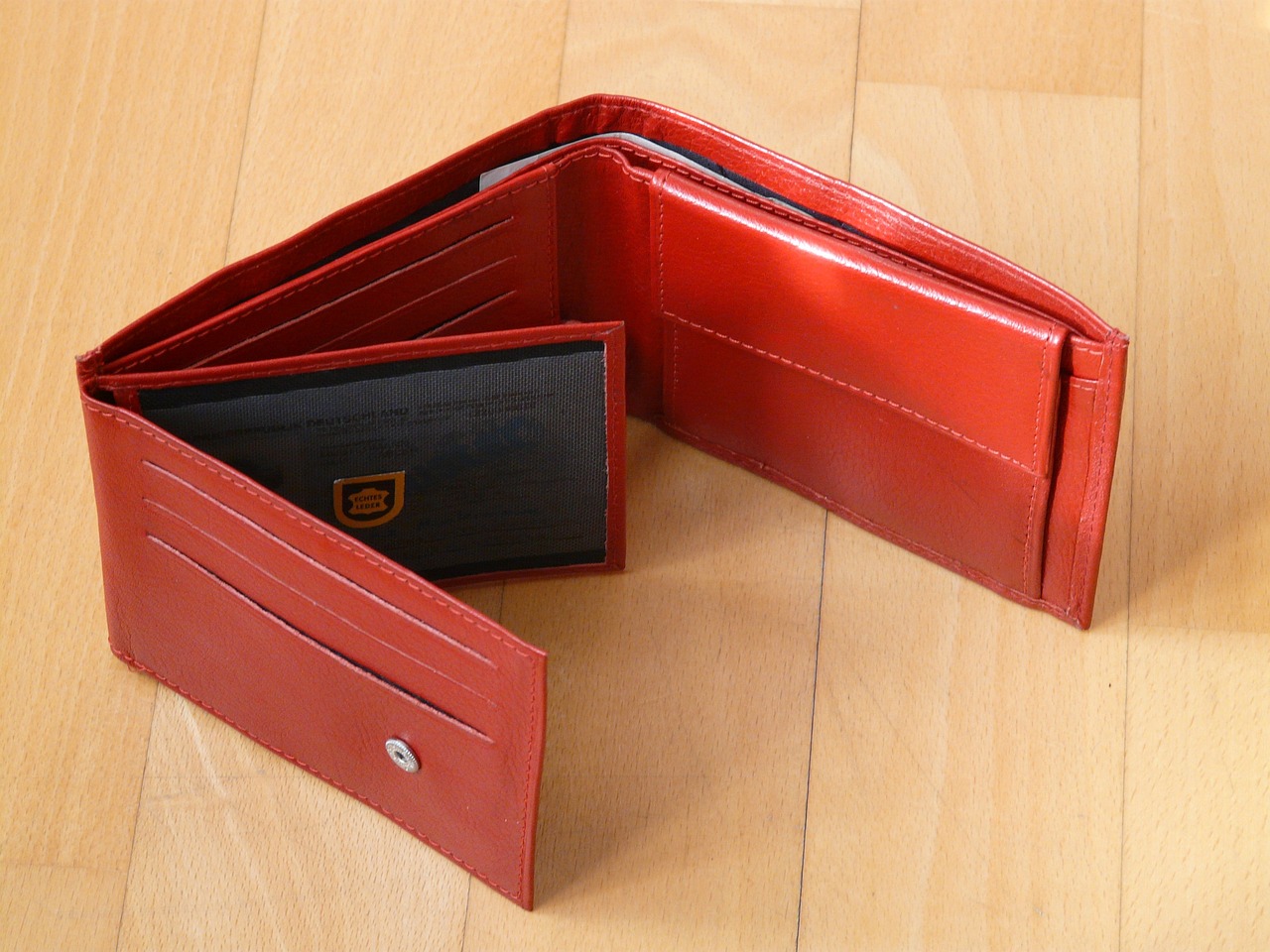
Creating Strong Recovery Phrases
When it comes to safeguarding your cryptocurrency wallet, creating a strong recovery phrase is akin to crafting a sturdy lock for your front door. It’s your first line of defense against unauthorized access and a crucial element in ensuring you can recover your funds should you ever lose access to your wallet. A recovery phrase typically consists of 12 to 24 randomly generated words that act as a key to your wallet. But not all recovery phrases are created equal; some can be easily guessed or compromised. So, how do you ensure that your recovery phrase is robust enough to withstand the test of time and potential threats?
First and foremost, randomness is key. Avoid using common phrases, names, or dates that could be easily associated with you. Instead, opt for a mix of unrelated words that don’t form a coherent sentence. Think of it like creating a password; the more complex and random, the better. For example, a recovery phrase like "apple, car, blue, tree, ocean" is far less secure than "giraffe, toaster, unicorn, nebula, cactus." The latter is a delightful jumble that offers a higher level of security.
Another important practice is to use a secure method for generating your recovery phrase. Many wallets provide built-in tools to generate recovery phrases, ensuring they meet high-security standards. If you’re creating your own, consider using a reputable random word generator or a cryptographic tool designed for this purpose. It’s essential to ensure that the tool you use is trustworthy to avoid any potential vulnerabilities.
Once you have your recovery phrase, the next step is to manage it wisely. Writing it down on paper is a common practice, but you must store that paper in a safe and secure location. Think of it as hiding a treasure map; you wouldn’t want it to be easily found by anyone. Consider using a safe, a safety deposit box, or even a fireproof safe for added protection. Just remember, if you store it digitally, ensure that it is encrypted and stored in a secure environment. The last thing you want is for your recovery phrase to end up in the wrong hands!
Moreover, it’s wise to avoid sharing your recovery phrase with anyone, even trusted friends or family members. Sharing it can lead to unintended consequences, as they may inadvertently compromise your security. Think of your recovery phrase as the secret recipe to your grandmother's famous cookies—it's best kept within the family. If you must share access to your wallet, consider using multi-signature wallets, which require multiple approvals for transactions, adding an extra layer of security.
Lastly, regularly review and update your recovery practices. As technology evolves, so do the methods used by malicious actors. Staying informed about the latest security threats and adapting your strategies accordingly can make all the difference. Consider setting a reminder to review your recovery phrase and storage methods every few months. Just like maintaining your car, a little upkeep can prevent major issues down the road.
In summary, creating a strong recovery phrase is a fundamental step in protecting your cryptocurrency assets. By ensuring it is random, securely generated, wisely managed, and regularly reviewed, you’ll be well on your way to safeguarding your digital wealth. Remember, in the world of cryptocurrency, your recovery phrase is your lifeline—treat it with the utmost care!
- What is a recovery phrase? A recovery phrase is a series of words used to access your cryptocurrency wallet, allowing you to recover your funds if you lose access.
- How many words should be in a recovery phrase? Typically, recovery phrases consist of 12 to 24 words for optimal security.
- Can I use common phrases for my recovery phrase? No, it’s best to avoid common phrases as they can be easily guessed. Aim for random, unrelated words instead.
- How do I store my recovery phrase safely? Write it down on paper and keep it in a secure location, such as a safe or safety deposit box. Avoid digital storage unless it’s encrypted.
- Should I share my recovery phrase with anyone? No, never share your recovery phrase. It’s essential to keep it confidential to protect your assets.

Storing Recovery Phrases Safely
When it comes to safeguarding your cryptocurrency wallet, is paramount. Imagine your recovery phrase as a golden key that unlocks your digital treasure chest. If this key falls into the wrong hands or gets lost, you might as well be locked out of your fortune forever. So, how do you ensure that this vital piece of information remains secure?
First and foremost, avoid storing your recovery phrase digitally. Many users make the mistake of saving it in a note on their phone or in a cloud storage service, thinking it’s convenient. However, this convenience comes at a cost. If your device gets hacked or compromised, your recovery phrase could be exposed. Instead, consider writing it down on a physical medium. But don’t just jot it down on any scrap of paper; use a durable material that can withstand the test of time.
Here are some effective methods for storing your recovery phrases securely:
- Use Metal Backup Solutions: There are specialized metal backup products designed to withstand fire and water damage. These are ideal for ensuring your recovery phrases remain intact even in the worst circumstances.
- Store in a Safe: Invest in a quality safe or lockbox. This adds an extra layer of physical security, deterring potential thieves.
- Split Your Phrase: For added security, consider splitting your recovery phrase into parts and storing them in different locations. This way, even if one part is compromised, your funds remain safe.
Additionally, it’s crucial to keep your recovery phrases private and confidential. Share them only with trusted individuals, and even then, do so with caution. Remember, the fewer people who know your recovery phrase, the safer your funds will be. Think of it like sharing your bank account number; you wouldn’t just tell anyone, right?
Lastly, regularly review your storage methods. As technology evolves, so do security threats. What might seem secure today could become vulnerable tomorrow. By staying informed and adapting your strategies, you can ensure that your recovery phrases remain safe for years to come.
1. What is a recovery phrase?
A recovery phrase is a series of words generated by your cryptocurrency wallet that allows you to access your funds in case of loss or theft. It's essential to keep it safe and secure.
2. Can I store my recovery phrase on my computer?
It's not recommended to store your recovery phrase digitally, as it can be vulnerable to hacking. Instead, opt for a physical storage solution.
3. What should I do if I lose my recovery phrase?
If you lose your recovery phrase, you may lose access to your funds permanently. This is why it's vital to have multiple secure backups.
4. How often should I review my storage methods?
It's a good practice to review your storage methods regularly, especially as new security threats emerge.

Using Multi-Signature Wallets
In the world of cryptocurrency, security is paramount, and one of the most effective ways to bolster that security is by using multi-signature wallets. These wallets require multiple private keys to authorize a transaction, making it significantly harder for unauthorized users to access your funds. Imagine a bank vault that requires not just one key, but several different keys held by different people to open it. This is essentially how multi-signature wallets operate, providing an additional layer of protection that is especially valuable for individuals and businesses handling substantial amounts of cryptocurrency.
The beauty of multi-signature wallets lies in their flexibility. You can set them up to require a specific number of signatures from a predetermined group of users before any transaction can occur. For instance, you might have a setup that requires 2 out of 3 signatures to execute a transaction. This means that even if one key is compromised, your funds remain safe as long as the other two keys are secure. This setup is particularly useful for businesses, where multiple stakeholders need to agree before funds can be moved, thereby preventing any single point of failure or fraud.
However, while multi-signature wallets offer enhanced security, they also come with their own set of challenges. For example, if one of the key holders loses their key or becomes unavailable, it can create significant hurdles in accessing the funds. Therefore, it’s crucial to have a well-thought-out plan for managing these keys. Here are some best practices to consider:
- Distribute Keys Wisely: Ensure that the keys are distributed among trusted individuals or secure locations. Avoid keeping all keys in one place.
- Backup Your Keys: Just like you would with a traditional wallet, ensure that you have secure backups of your keys in case of loss.
- Regularly Review Access: Periodically assess who has access to the keys and whether they still require it.
In conclusion, multi-signature wallets represent a powerful tool for increasing the security of your cryptocurrency holdings. They not only protect against unauthorized access but also foster a collaborative approach to managing funds. As the digital landscape continues to evolve, adopting such advanced security measures can make a significant difference in safeguarding your assets.
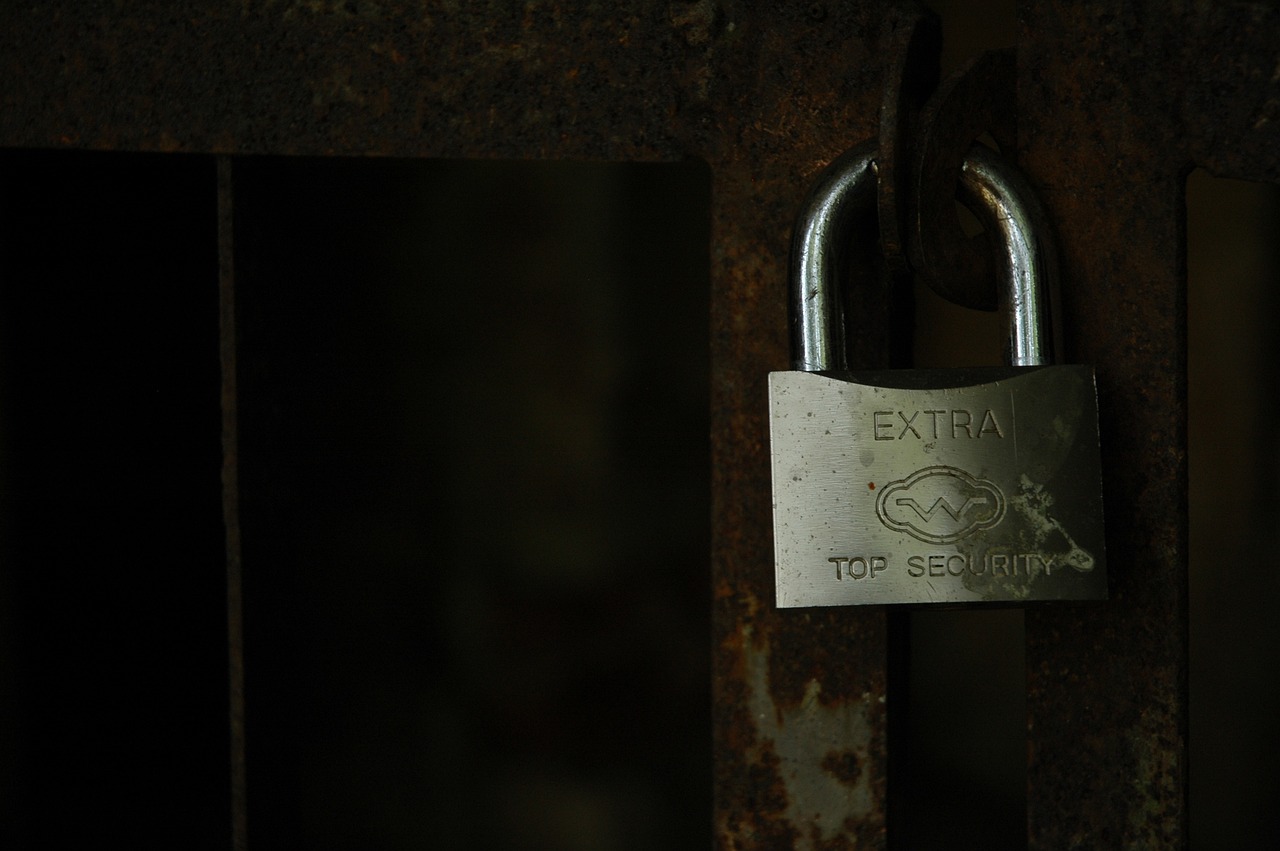
Regularly Updating Security Practices
In the ever-evolving landscape of cryptocurrency, staying ahead of potential threats is not just a good idea—it's a necessity. Regularly updating your security practices is akin to maintaining a sturdy fortress; neglecting it could leave you vulnerable to intruders. Think about it: just as you wouldn’t leave your front door wide open, you shouldn't leave your digital assets exposed to risks. The cyber world is full of evolving tactics used by hackers and malicious actors, making it crucial to adapt your security measures accordingly.
One of the most effective ways to ensure your cryptocurrency wallet remains secure is to stay informed about the latest security threats. Subscribe to reputable cryptocurrency news outlets, follow thought leaders in the space on social media, and participate in online forums. Knowledge is power, and being aware of new vulnerabilities can help you preemptively protect your assets. Additionally, consider attending workshops or webinars focused on cybersecurity to deepen your understanding and skills.
Moreover, it’s essential to review and update your wallet software regularly. Developers often release updates that patch vulnerabilities and improve security features. Ignoring these updates is like ignoring a recall on a faulty product; it could lead to disastrous consequences. Make it a habit to check for updates weekly, and don’t forget to back up your wallet before making any changes. This way, you won’t lose access to your funds while implementing new security measures.
Another effective strategy is to conduct regular security audits of your wallet and associated accounts. This involves checking your recovery phrases, ensuring that your backup methods are still secure, and verifying that your email and phone number associated with your wallet are up to date. If you notice anything suspicious, such as unauthorized access attempts, take immediate action. Change your passwords, enable two-factor authentication, and consider moving your funds to a new wallet if necessary.
Finally, consider adopting a multi-layered security approach. This means using a combination of different security measures to create a more robust defense against potential threats. For instance, you could use a hardware wallet for long-term storage while keeping a smaller amount in a software wallet for everyday transactions. This way, even if one layer is compromised, your funds in another layer remain safe. It’s like having multiple safes in different locations; if one is broken into, the others still protect your valuables.
In conclusion, regularly updating your security practices is not merely a precaution—it’s a vital component of cryptocurrency management. By staying informed, updating your software, conducting audits, and employing a multi-layered approach, you can significantly reduce the risk of losing your digital assets. After all, in the world of cryptocurrency, vigilance is your best friend.
- Why is it important to update security practices regularly?
Regular updates help protect against new threats and vulnerabilities that may arise in the rapidly changing digital landscape. - How can I stay informed about security threats?
Subscribe to reputable news outlets, follow industry leaders on social media, and participate in online forums or communities. - What is a multi-layered security approach?
A multi-layered approach involves using various security measures, such as hardware wallets and software wallets, to create a more comprehensive defense against threats.
Frequently Asked Questions
- What is wallet recovery, and why is it important?
Wallet recovery refers to the process of regaining access to your cryptocurrency wallet after losing it due to theft, loss of device, or forgotten credentials. It's crucial because losing access means losing your digital assets, which can be devastating. Understanding wallet recovery helps you implement strategies to protect your funds and ensure you can access them when needed.
- What are the different types of wallets available?
There are three main types of wallets: hardware wallets, software wallets, and paper wallets. Hardware wallets store your cryptocurrencies offline, providing a high level of security. Software wallets, while more convenient, are connected to the internet and can be susceptible to hacks. Paper wallets are physical printouts of your keys and can be secure if stored properly, but they require careful handling to avoid damage or loss.
- How can I securely back up my hardware wallet?
To securely back up your hardware wallet, you should write down your recovery phrase and store it in a safe place, like a safe deposit box or a fireproof safe. Avoid digital storage for your recovery phrase, as it can be hacked. Regularly check that your backup is accessible and intact, ensuring that you can recover your wallet if necessary.
- What common mistakes should I avoid for better wallet recovery?
Some common mistakes include neglecting to back up your wallet, storing recovery phrases digitally, or sharing them with others. Additionally, failing to update your security practices can leave your wallet vulnerable. Always be cautious and proactive in managing your wallet security to avoid these pitfalls.
- How do I create a strong recovery phrase?
A strong recovery phrase should be unique, long, and random. Use a combination of words that are not easily guessable, and avoid using personal information. Consider using a password manager or a secure method to generate and store your recovery phrase safely. The stronger your recovery phrase, the harder it will be for unauthorized users to access your wallet.
- What are multi-signature wallets, and how do they enhance security?
Multi-signature wallets require multiple private keys to authorize a transaction, adding an extra layer of security. For example, you could set it up so that three out of five keys are needed to access the wallet. This means that even if one key is compromised, your funds remain safe, making it a great option for businesses or shared wallets.
- How often should I update my security practices?
It's essential to regularly review and update your security practices, ideally every few months or whenever there are significant changes in technology or threats. Staying informed about the latest security trends and adapting your strategies accordingly can help protect your wallet from emerging risks.



